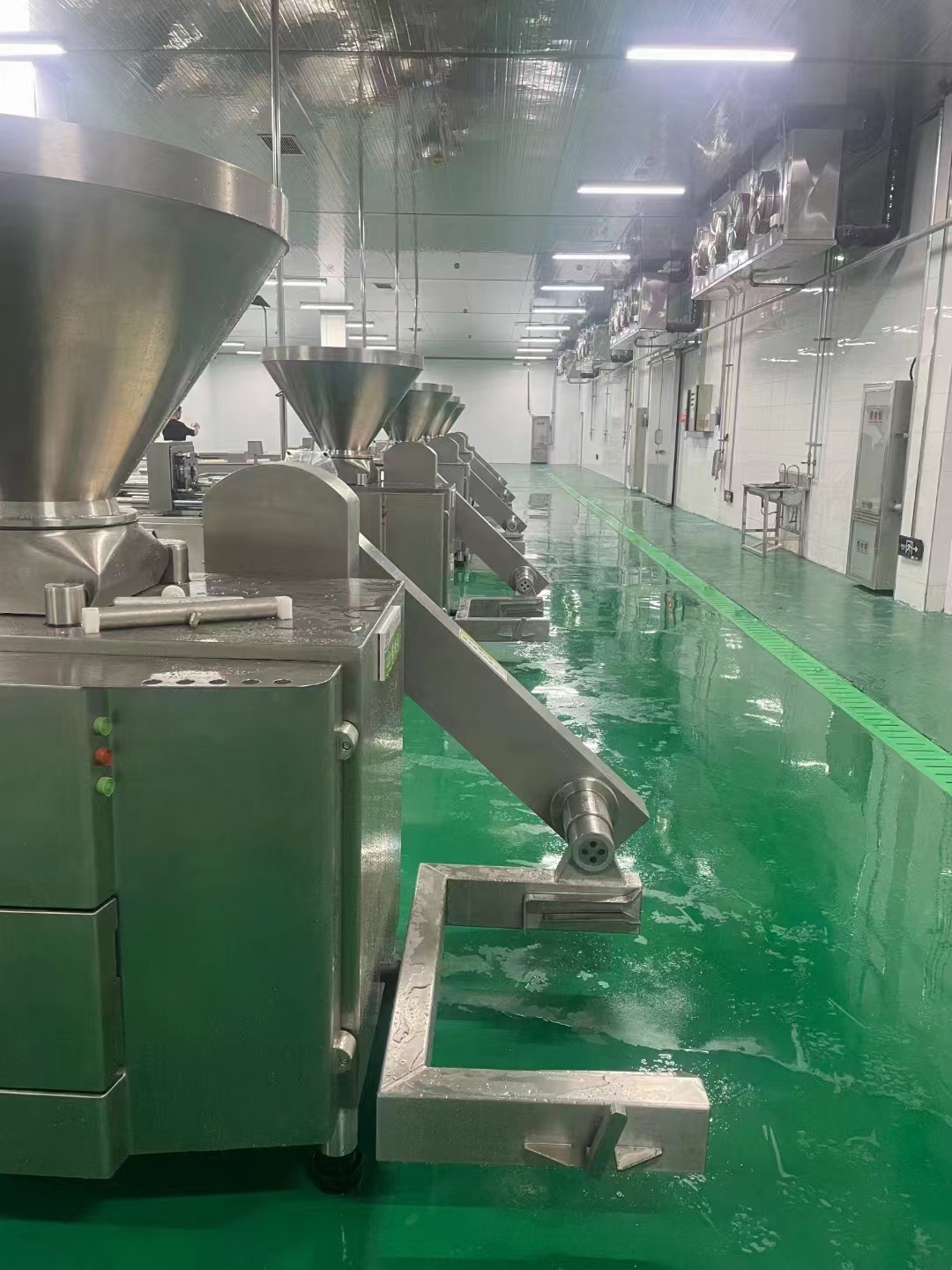
Дек . 19, 2024 12:24 Back to list
Efficient Production Line for Sausage Manufacturing and Processing
Understanding the Sausage Processing Line A Comprehensive Overview
Sausage production is an intricate process that transforms raw ingredients into delicious, fully cooked products ready for consumption. The sausage processing line plays a critical role in this journey, involving various stages that ensure the safety, quality, and flavor of the final product. This article explores the essential components and workflow of a typical sausage processing line.
Raw Material Preparation
The sausage processing line begins with the careful selection and preparation of raw materials. High-quality meat, often pork, beef, or poultry, is selected for the base of the sausage. The meat is inspected for freshness and quality, ensuring that it meets the necessary health standards. Once approved, the raw meat is trimmed to remove any unwanted parts, such as excess fat or sinew.
Alongside the meat, other ingredients such as spices, herbs, and preservatives are measured and prepared. These ingredients are crucial for developing the flavor profile of the sausage. Common spices include garlic, paprika, black pepper, and coriander, while preservatives like sodium nitrite help to enhance shelf life and color.
Grinding
After preparation, the meat and fat are ground to create a uniform texture. This step involves the use of a meat grinder, which breaks down the muscle fibers and fat particles, ensuring a consistent mixture. The granulation size can vary depending on the type of sausage being produced; for example, coarser grinds are common in artisanal sausages, while finer grinds are typical in hot dogs and bologna.
During this stage, the pre-measured spices and other ingredients are mixed into the ground meat. This blend not only contributes to the flavor but also affects the moisture content and overall texture of the sausage.
Stuffing
Once the meat mixture is ready, it moves to the stuffing stage. This process involves filling casings with the ground meat mixture. Casings can be natural (made from animal intestines) or synthetic (made from collagen or cellulose). The choice of casing impacts the texture and flavor of the final product, as well as its cooking characteristics.
Automatic stuffing machines are often employed in modern sausage processing lines, allowing for efficient and consistent filling
. Care is taken during this stage to prevent air pockets, which can cause spoilage and texture inconsistencies.Linking and Twisting
sausage processing line

After the casings are filled, sausages are linked and twisted into individual portions. This step can be done manually or automatically, depending on the scale of production. Linking ensures that each sausage retains its shape during cooking and helps in portion control.
Quality control is essential here, as any irregularities can lead to cooking issues or product failure. Accurate linking ensures a professional appearance and consistent cooking times for each sausage.
Cooking and Smoking
The next stage in the sausage processing line involves cooking and, in some cases, smoking the sausages. Cooking can be done using various methods, including steaming, boiling, or baking. Smoking adds distinct flavors and also acts as an additional preservation method.
The sausages are cooked to a specific internal temperature to ensure they are safe to eat while retaining moisture and flavor. The use of smoke can also impart a unique taste characteristic to the product, making it more appealing to consumers.
Cooling and Packaging
After cooking, sausages are rapidly cooled to preserve their quality and safety. This quick cooling process prevents the growth of harmful bacteria. Once cooled, sausages are packaged using vacuum-sealing technologies or modified atmosphere packaging, which extends shelf life and maintains freshness.
Final Quality Assurance
Before reaching consumers, finished products undergo thorough quality assurance checks. These evaluations ensure compliance with health standards, as well as consistency in flavor, texture, and appearance. Once cleared, sausages are ready for distribution, heading to grocery stores and restaurants worldwide.
Conclusion
The sausage processing line is a complex yet fascinating system that transforms simple ingredients into a beloved culinary staple. Each stage, from raw material preparation to packaging, plays an integral role in ensuring the final product meets consumer expectations for quality and taste. Understanding this process highlights the importance of food safety and quality control in the production of one of the world’s favorite foods.
Latest news
-
[Product Name]-[Company Name]|[Core Function 1]&[Core Function 2]
NewsJul.13,2025
-
SmartFlow 3000 Series-Industrial Automation Solutions|AI Analytics&Energy Efficiency
NewsJul.13,2025
-
NextGen Equipment Series-IndustrialTech Solutions|Smart Automation&Real-Time Analytics
NewsJul.12,2025
-
Smart Irrigation System - Example Corp | Water Conservation, AI-Driven Efficiency
NewsJul.12,2025
-
Chicken breast meat slicer
NewsMar.07,2025
-
Meat Bowl cutter for LAB
NewsMar.07,2025